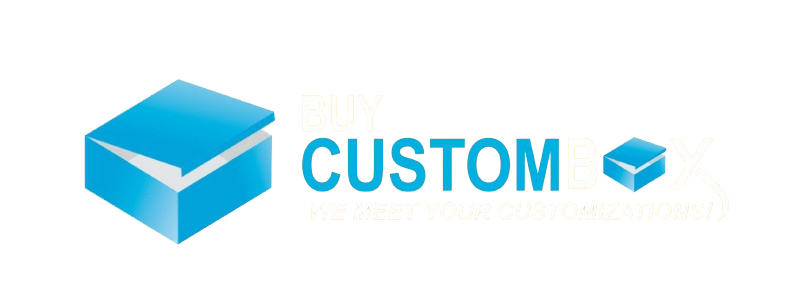Rigid boxes are a premium packaging solution often used for luxury products, gifts, or high-end retail items. They are known for their sturdy construction and elegant appearance, making them a popular choice for brands looking to make a lasting impression. Designing custom printed rigid boxes involves several key steps to ensure that they not only protect the contents but also enhance the brand’s image. Here’s a comprehensive guide to designing custom printed rigid boxes.
Choosing the Right Materials

Material Types
Rigid boxes are typically made from a variety of materials, including:
- Chipboard: Made from recycled paper, chipboard is a sustainable option that offers strength and rigidity.
- Wood: For a more luxurious feel, wooden boxes can be used, though they are more expensive and heavier.
Thickness and Durability
The thickness of the material will affect the box’s sturdiness. Choose a thickness that provides adequate protection for the product while still being practical for handling and shipping. Consider factors such as the weight of the product and the expected stress the box will endure during transit.
Designing the Box Structure
Box Styles
Rigid boxes come in various styles, including:
- Drawer Boxes: These have a sliding drawer mechanism and are often used for high-end products that require a sophisticated unboxing experience.
- Lift-Off Lid Boxes: Featuring a lid that lifts off, this style is easy to open and provides a classic presentation.
- Magnetic Closure Boxes: These boxes use magnets to keep the lid securely closed, adding a touch of elegance and functionality.
Custom Inserts
Inserts are essential for securing and presenting the product effectively. Custom inserts can be designed to fit the product perfectly, preventing movement and protecting it from damage. Common materials for inserts include foam, molded pulp, and corrugated paper.
Incorporating Branding Elements
Logo and Brand Colors
Your logo and brand colors should be prominently featured on the box. This helps with brand recognition and creates a cohesive look with other packaging materials. Make sure the logo is high-resolution and positioned where it will be most visible.
Typography and Messaging
The text on your box should be clear and legible. Choose fonts that align with your brand’s identity and ensure that any messaging is concise and impactful. This might include product information, company values, or promotional text.
Imagery and Graphics
High-quality images and graphics can enhance the visual appeal of your box. Whether it’s a photograph of the product or a custom illustration, ensure that the graphics are high-resolution and complement the overall design. Avoid cluttering the box with too many elements; instead, focus on creating a balanced and attractive design.
Printing Techniques and Finishes
Printing Methods
Several printing techniques can be used to achieve different effects:
- Offset Printing: Ideal for high-quality, detailed images and text.
- Digital Printing: Offers flexibility for short runs and quick turnaround times.
- Foil Stamping: Adds a metallic finish to certain areas of the box for a premium look.
- Embossing/Debossing: Creates a raised or recessed effect on the box, adding texture and visual interest.
Coatings and Finishes
The finish of the box can greatly influence its appearance and feel. Common finishes include:
- Glossy: Provides a shiny, reflective surface that enhances colors.
- Matte: Offers a non-reflective, sophisticated look.
- Soft-Touch: Creates a velvety texture that feels luxurious to the touch.
Prototyping and Testing

Creating Prototypes
Before finalizing the design, create prototypes to see how the box looks and functions in real life. Prototypes allow you to test the design’s durability, fit, and overall appearance. They also provide an opportunity to make adjustments before mass production.
Testing for Functionality
Test the box’s functionality by placing the product inside and ensuring that it fits properly and is well-protected. Check for any potential issues with the box’s structure or design, such as weak points or difficulty in opening and closing.
Finalizing the Design
Reviewing and Approving
Once you’re satisfied with the prototype, review all design elements carefully. Ensure that all branding elements are correctly placed and that the box meets all functional requirements. Obtain final approval from stakeholders before proceeding to production.
Working with a Manufacturer
Choose a reputable manufacturer with experience in producing custom printed rigid boxes. Provide them with detailed design specifications and prototypes to ensure that the final product meets your expectations. Communicate clearly about any specific requirements or quality standards.
Conclusion
Designing custom printed rigid boxes involves careful consideration of materials, structure, branding, and printing techniques. By understanding the product, choosing the right materials, and incorporating effective design elements, you can create a packaging solution that not only protects but also enhances the overall customer experience. Whether you’re packaging luxury items or everyday products, a well-designed rigid box can make a significant impact and help your brand stand out.








